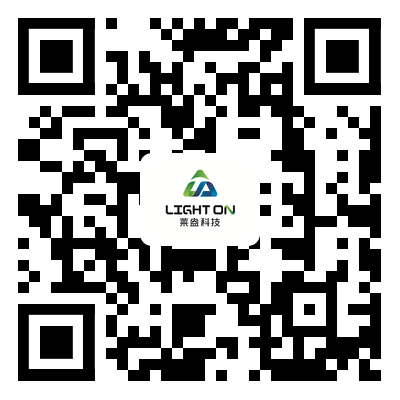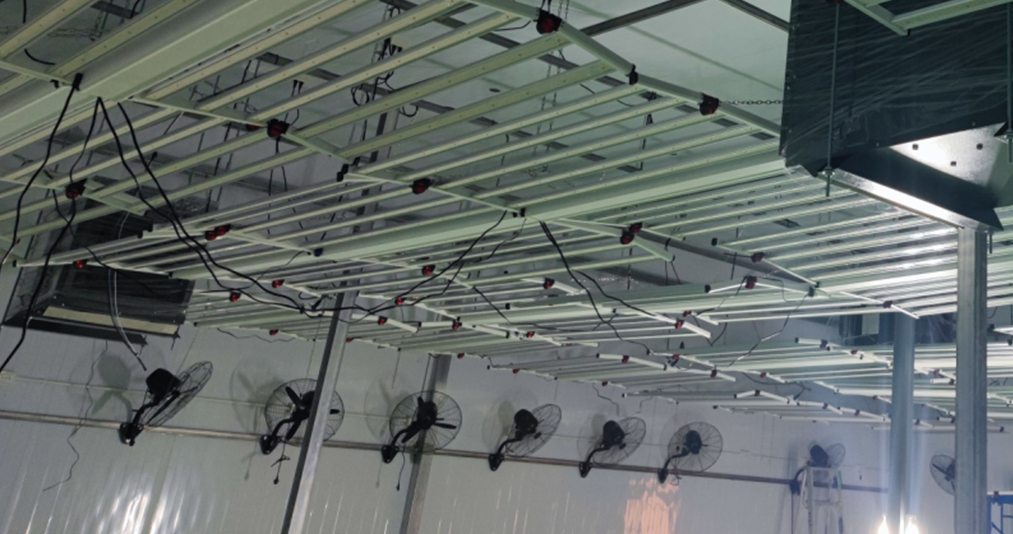Typical use of a plant lamp
2021-08-13
Plant lights are used for indoor gardening, plant propagation and food production, including indoor hydroponics and aquatic plants. Although most plant lights are used in industry, they can also be used in the home.
According to the inverse square law, reach the surface of the point source (in this case is the light bulb) radiation intensity of light source and surface distance is inversely proportional to the square of the distance of (if a twice as distant place, it receives only a quarter of the light) this is the serious obstacle indoor growers, many techniques are used to use light as efficiently as possible. Therefore, reflectors are often used in lighting to maximize light efficiency. The lamps or fixtures are moved as close as possible so that they have the same illumination and all light from the lamps falls on the plant rather than the surrounding area.
Examples include incandescent lamps, fluorescent lamps, metal halide lamps (HID), and light emitting diodes (LEDS). Today, the most widely used lamps for professionals are HID and fluorescent lamps. Indoor flower and vegetable growers typically use high pressure sodium (HPS/SON) and metal halide (MH) HID lamps, but fluorescent lamps and leds substitute for metal halides due to their efficiency and economy.
Metal halide lamps are often used during the vegetative stage of plant growth because they emit greater amounts of blue and ultraviolet radiation. With the introduction of ceramic metal halide lighting and full spectrum metal halide lighting, they are increasingly used as the exclusive light source in the growth stage of vegetative reproduction. The blue spectrum may induce a greater nutrient response in plants.
High pressure sodium lamps are also used as a single light source throughout the nutritional and reproductive stages. Similarly, they can be used as corrections for full spectrum illumination during the reproductive stage. The red spectrum may trigger a greater flowering response in plants. Plants grow a little faster if high pressure sodium lamps are used for the nutrient period.
In recent years, LED indoor growth lights can produce specific wavelengths of light. NASA has been testing increasing the efficiency of food in space on the space station. The results showed that plants were affected by light in the red, green and blue parts of the visible spectrum.







